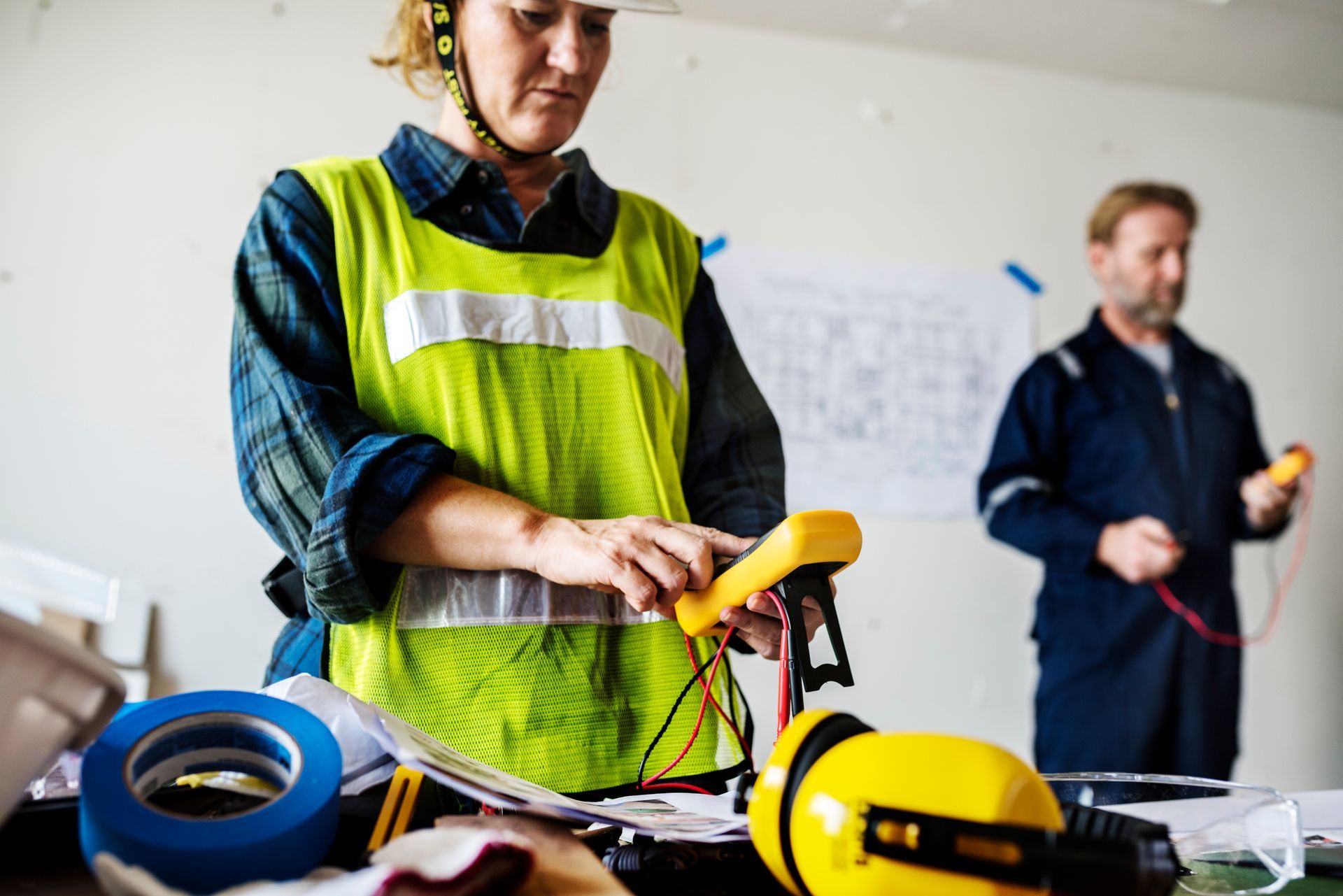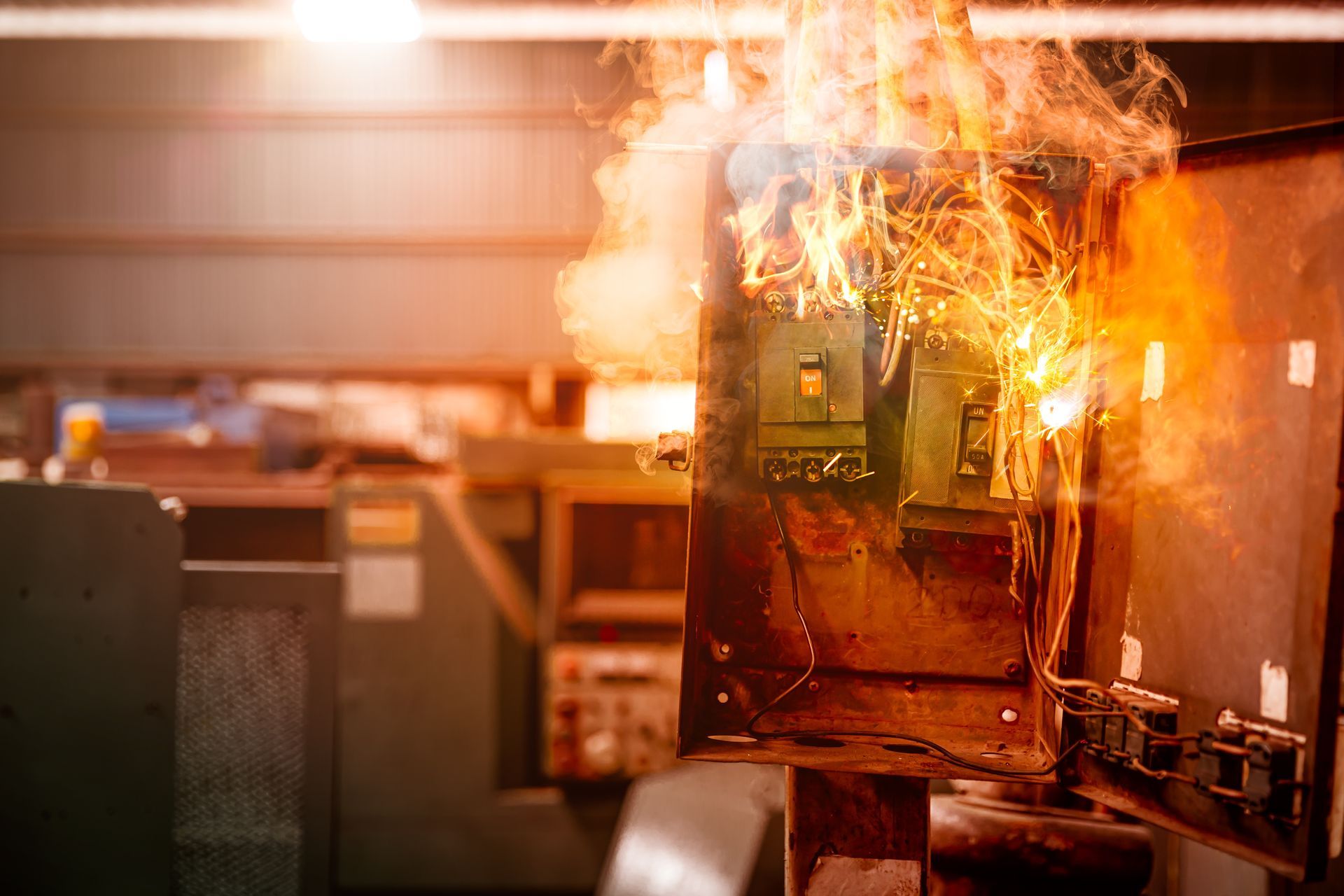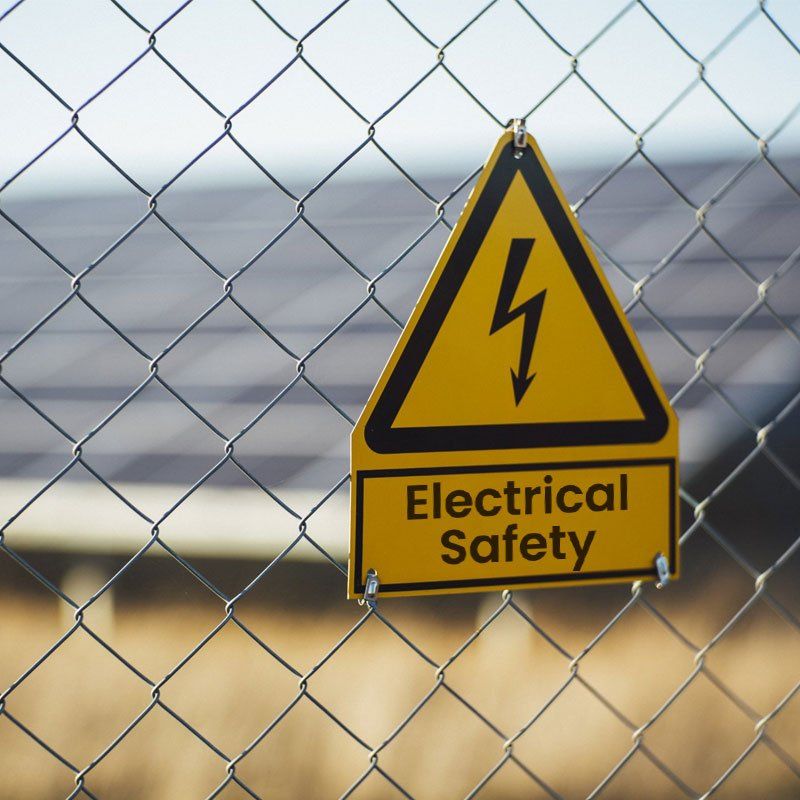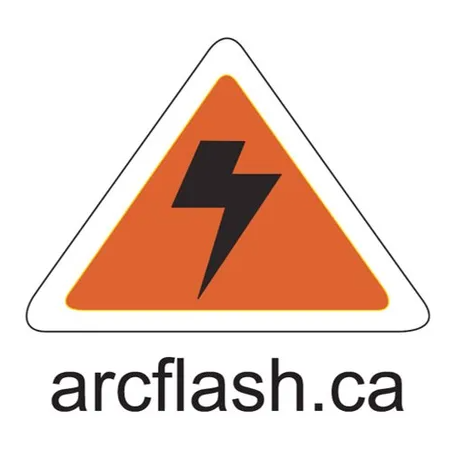Why Electricians Need Arc Flash Training
Safety is paramount in any profession, but for electricians, it’s non-negotiable. Working around high-voltage systems and live electrical components means the risks are significant. One of the most critical, yet sometimes overlooked, elements of ensuring electrician safety is arc flash training. But what is arc flash training, why is it essential, and how can it save lives? Let's explore.

What is an Arc Flash?
An arc flash is a sudden release of energy caused by an electrical arc. It happens when electricity leaps from one conductive surface to another, often due to poor maintenance, equipment failure, or human error. The result? Extreme heat, a high-pressure plasma explosion, blinding light, and sometimes even fire.
The consequences can be catastrophic, ranging from severe burns and loss of sight to, in the worst cases, fatalities. Without proper training, many electricians working on electrical systems might not fully understand how to prevent such incidents or protect themselves if one occurs.
The Importance of Arc Flash Training for Electricians
- Understanding the Risks: Training provides electricians with critical knowledge about how arc flashes occur, the dangers involved, and how to reduce or eliminate these risks. Understanding the science behind arc flashes can lead to safer working environments.
- Learning Preventative Measures: Prevention is always better than cure. Arc flash training covers essential practices like de-energizing equipment before working on it, wearing the right personal protective equipment (PPE), and adhering to safety protocols.
- Compliance with Industry Standards: Regulatory bodies, such as OSHA (Occupational Safety and Health Administration), mandate that electricians undergo proper training to meet safety standards in the workplace. Employers who fail to enforce these standards can face penalties, and workers may be put in jeopardy.
- Reducing Workplace Accidents: Companies that invest in electrical safety, particularly arc flash training, see a reduction in workplace accidents. Proper training empowers electricians with the skills to safely handle unexpected situations. Arc flash training goes beyond theory; it includes practical steps, such as choosing and using the right PPE. This could be clothing that can withstand intense heat or equipment specifically designed to shield workers during high-voltage tasks.
What Does Arc Flash Training Include?
- Hazard Identification: Electricians learn how to recognize potential arc flash hazards and assess the risks involved in every project or task.
- Proper Use of Equipment: Electricians learn to handle electrical systems and tools safely, avoiding risky practices that could trigger an arc flash.
- Understanding Warning Labels: Electrical panels and systems often have warning labels indicating arc flash risks. Training helps professionals interpret these labels correctly and take action accordingly.
- Safe Work Practices: From de-energizing circuits to lockout/tagout procedures, arc flash training emphasizes techniques every electrician must implement to stay safe.
- Emergency Response Protocols: Accidents can still happen, even with precautions in place. Arc flash training teaches electricians how to respond quickly and effectively in an emergency, potentially minimizing the severity of an incident.
Who Needs Arc Flash Training?
While every electrician should undergo this essential training, it’s especially critical for those who work on high-voltage systems, industrial facilities, or with live electrical components. This includes electrical contractors, maintenance crews, and supervisors overseeing electrical projects.
Don't assume this training is a one-time effort. Electrical systems and safety standards evolve, which means electricians need to stay updated. Periodic refresher courses are just as important as the initial training.
The Price of Neglect
Failing to provide proper electrician training in arc flash safety can be costly—for individuals, companies, and reputations. Beyond the devastating physical injuries, arc flash incidents can result in legal action, heavy fines, and project delays. All of this can be avoided with proper training and preparation.
Take the First Step Toward Electrical Safety
The risks of arc flashes are very real, but they are preventable with the right training. Equip yourself or your team with the tools and knowledge to safely navigate the challenges of electrical systems. At Arc Flash, we specialize in arc flash training that not only meets but exceeds industry standards. Our program is designed for electricians of all levels and provides a thorough understanding of arc flash risks, preventative measures, and emergency protocols.
Your safety and well-being are worth the investment. Don’t wait until it’s too late. Call Arc Flash at 905-691-2880 to learn more about our training options and ensure a safer tomorrow for you and your team.
Stay safe. Stay informed. And most importantly, stay prepared.












